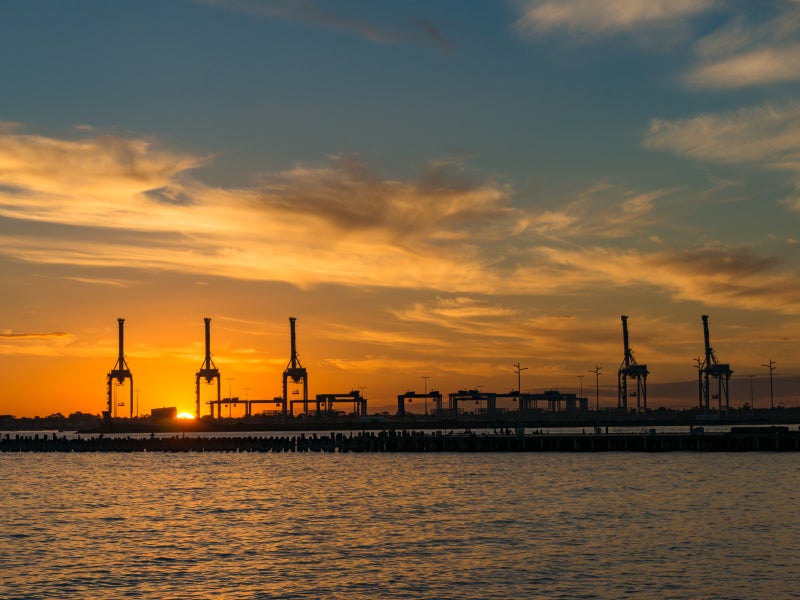
The Australian Government launched its first offshore exploration licensing round for 2022 on Wednesday.
The country opened up nearly 46,758 square km of area in ten separate blocks in the proven Bonaparte, Browse, Carnarvon, and Gippsland basins.
Australia’s Minister of Resources, Madeleine King, said that this exploration license could “play an important role in securing future energy supplies”.
“Australia’s energy sector also continues to support international energy security, particularly during the global turbulence caused largely by Russia’s invasion of Ukraine,” she said.
Meanwhile, the move could startle environmental activists and climate watchers, who have already criticised separate plans to explore for oil and gas along Victoria’s coast, claiming that they contradict Australia’s climate targets.
According to the Greens senator Peter Whish-Wilson, the Labor party is “making a mockery of its own weak climate target” by unlocking more waters for oil and gas exploration.
How well do you really know your competitors?
Access the most comprehensive Company Profiles on the market, powered by GlobalData. Save hours of research. Gain competitive edge.

Thank you!
Your download email will arrive shortly
Not ready to buy yet? Download a free sample
We are confident about the unique quality of our Company Profiles. However, we want you to make the most beneficial decision for your business, so we offer a free sample that you can download by submitting the below form
By GlobalDataThe government believes that gas will be an essential transition fuel as the country works to achieve net zero emissions by 2050.
Significant emissions
According to data released earlier this year, Australia had higher greenhouse gas pollution levels from coal per person than any other ‘developed country’ in 2021.
Australia is the world’s 14th highest emitter, accounting for slightly more than 1% of global emissions.
According to the National Greenhouse Gas Inventory December 2020 update, Australia released 499 million tonnes of carbon dioxide equivalent, representing a 5% decrease from 2019, suggesting the country is on the right track to minimise environmental damage.
However, Australia’s recent support for new gas projects and its ongoing support for fossil fuel projects indicates a massive disparity with its new Nationally Determined Contribution target of reducing greenhouse gas emissions by 43% below 2005 levels by 2030.
Indeed, according to data compiled by the UK-based thinktank Ember, Australia is the second most coal-dependent country for power generation, behind Poland.
“There’s no plausible excuse for Labor to put our marine ecosystems in jeopardy for the sake of a few profit-driven interests, to drill for the exact same product that is killing our oceans,” Peter said.





